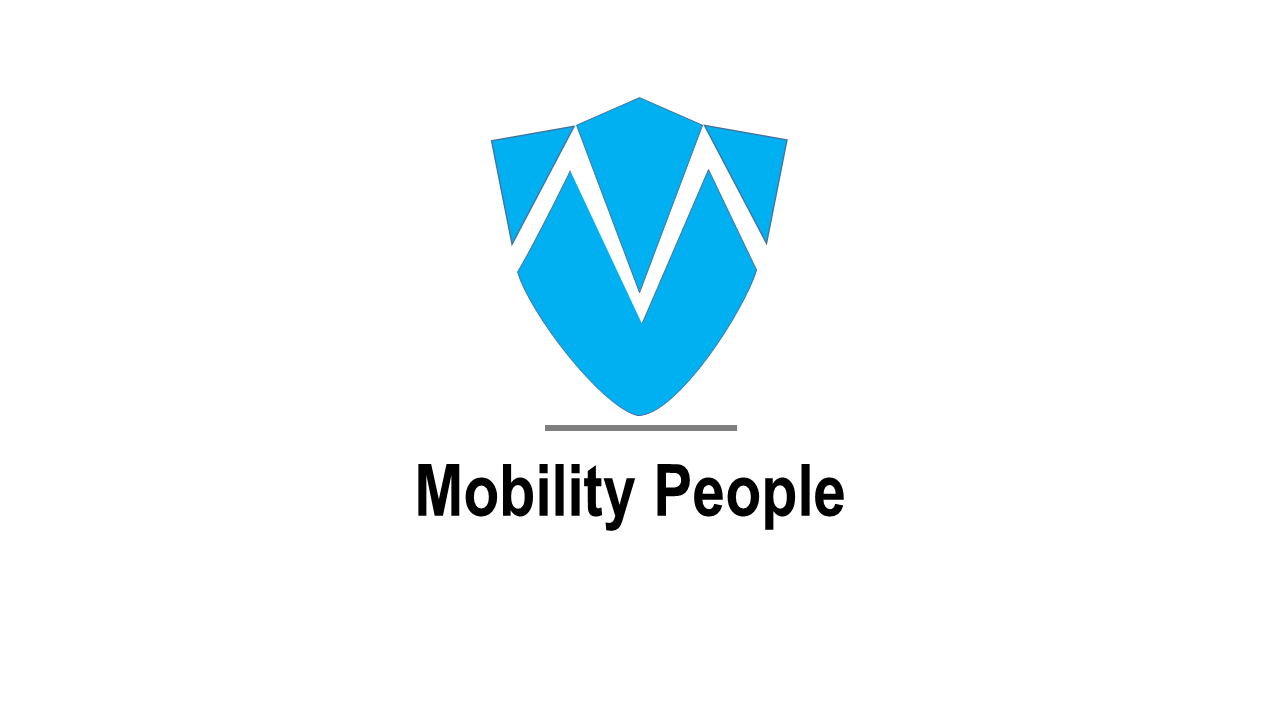The school commute has always been a key challenge in South Africa with most learners in both rural and urban areas having difficulty in accessing schools safely. Among the challenges that are faced by learners are: walking long distances to school, the high cost of transport, and vulnerability to road crashes as evidenced by the number of road crashes involving schoolchildren. Responses at the policy level are therefore needed to address these challenges.
Until recently, the focus on scholar transport policy in South Africa has been on the subsidised contracted bus services, with dedicated learner transport being provided to the needy schoolchildren who travel more than three kilometers from home to the nearest grade appropriate school. This is the area which the Department of Transport, in collaboration with the Department of Basic Education has a mandate to ensure that transport (in the form of subsidised contracted bus services) is provided to schoolchildren attending grades R to 12 who live more than 3km from the nearest school. There is however a need to improve the safety of all forms of scholar transport to ensure that schoolchildren get to and from school safely considering that not all schoolchildren travel to school by contracted services as covered in the narrow sense of scholar transport. For instance, the National Household Travel Survey (2013) found that 69% of schoolchildren walk all the way to school while the other 31% use various motorised modes of transport [train (1%), minibus taxi (13%), car/truck passenger (12%) and bus 5%][1].
In this regard, it is heartening to note that on 11 May 2017, a new regulation governing the transportation of schoolchildren who use the so-called bakkie transport[2] in South Africa came into effect (albeit with little media attention); in the form of Regulation 250 of the National Road Traffic Act (NRTA). According to this regulation;
- No person on a public road shall convey schoolchildren in the goods compartment of a vehicle for reward.
- No person shall convey any other person in the goods compartment of a motor vehicle for reward: provided the provisions of this subregulation shall not apply in respect of a vehicle which complies with the provisions of the NLTA.
There are obviously challenges regarding the implementation and enforcement of this regulation, not least being the possible negative impact on the poorer households in urban areas and rural areas who ironically are the ones who rely on this form of transport, in the first place. For certain households, this form of transport is the only available and/or affordable form of conveying children to and from school and banning it will leave such households with no other viable means of transporting children to school. Furthermore, this form of transport provides much needed income to the owners of the vehicles, considering the harsh economic conditions and high unemployment rate in the country. On balance, I however feel that the regulation; is a welcome development as it helps to put this hitherto neglected aspect of scholar transport on the agenda.
Parents and schools play a crucial role
While acknowledging that bakkie transport may be the only available means of taking children to school in certain communities, for instance in informal settlements and in rural areas; the spotlight placed on scholar transport can only be good. Parents and schools should however play a role in the implementation of this regulation and wherever possible not allow their children to be transported to school in the goods compartment of vehicles. Schools can also play a role by making parents whose children are brought to school in bakkies aware of the new regulation. It is also imperative that there is meaningful engagement among stakeholders involved in scholar transport including parents, teachers, municipalities, provincial transport departments, the NGO sector among others to ensure that the implementation and enforcement of the regulation does not disadvantage children who currently use this form of transport.
Safe Travel to School Programme a shining example
In this regard, programmes like the Childsafe/Discovery Safe Travel to School Programme need to be expanded. The said programme is a joint initiative by Childsafe and Discovery Insure and is a holistic approach to scholar transport which is aimed at making travel to and from school safer for children. The programme targets school transport drivers, and aims at changing their behaviour, road safety awareness and knowledge and offering incentives to those who comply with road traffic laws and improving their driving. Central to the programme, is the incentivisation of compliance to traffic regulations by scholar transport drivers and I believe this is an approach that might help instead of full enforcement at this early stage in the life of Regulation 250. More information on the programme on the Childsafe/Discovery Safe to School Programme, please visit: http://www.childsafe.org.za/safe-travel.htm
Let us continue working together to make South Africa’s roads safer for our children.
Notes
[1] Statistics South Africa (Statssa) 2013: National Household Travel Survey 2013: Statistical release P0320. Available at http://beta2.statssa.gov.za/publications/P0320/P03202013.pdf.
[2] Bakkie refers to a light truck or pick-up truck.
